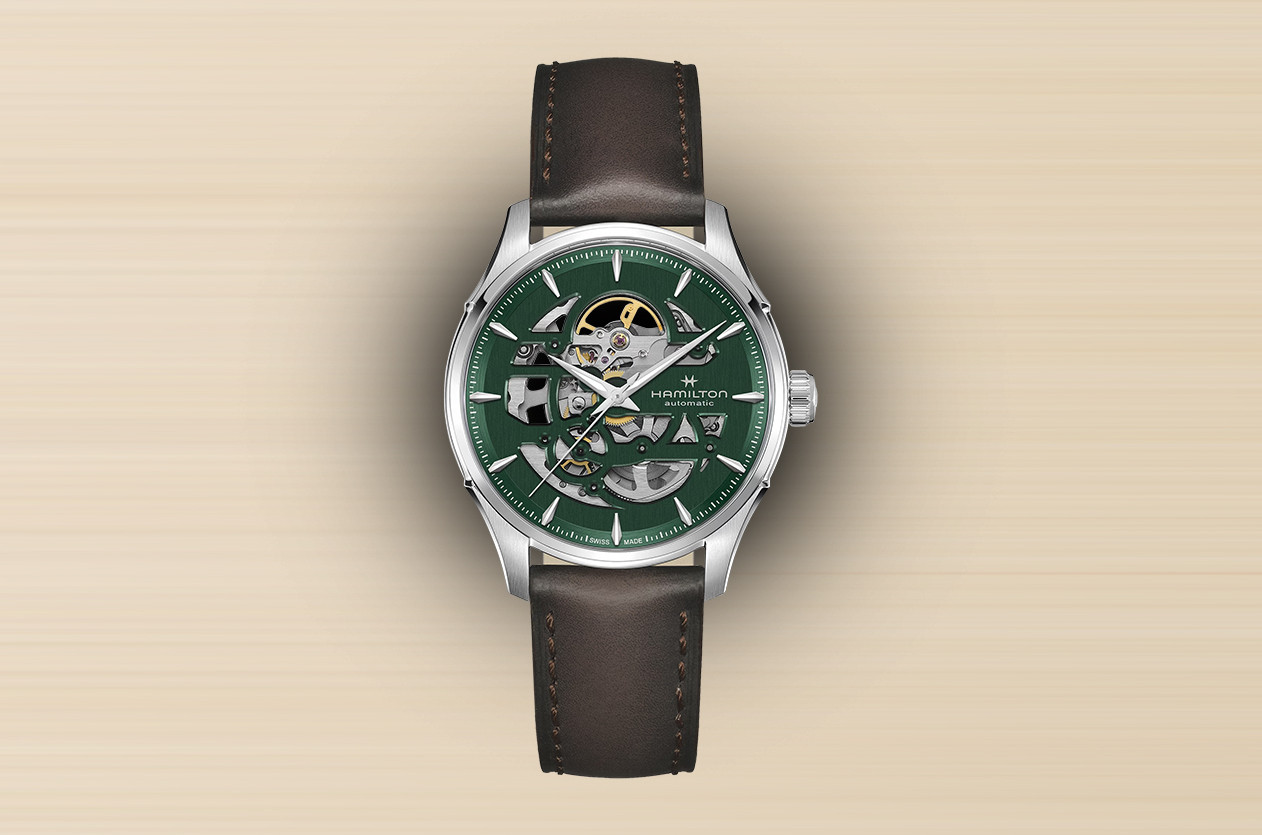
Introducing Hamilton Unveils the Jazzmaster Skeleton 40mm in Empire Green
Welcome to the hub of the horoloy
A Comprehensive Guide to Materials, Shapes, and The Case Manufacturing Techniques
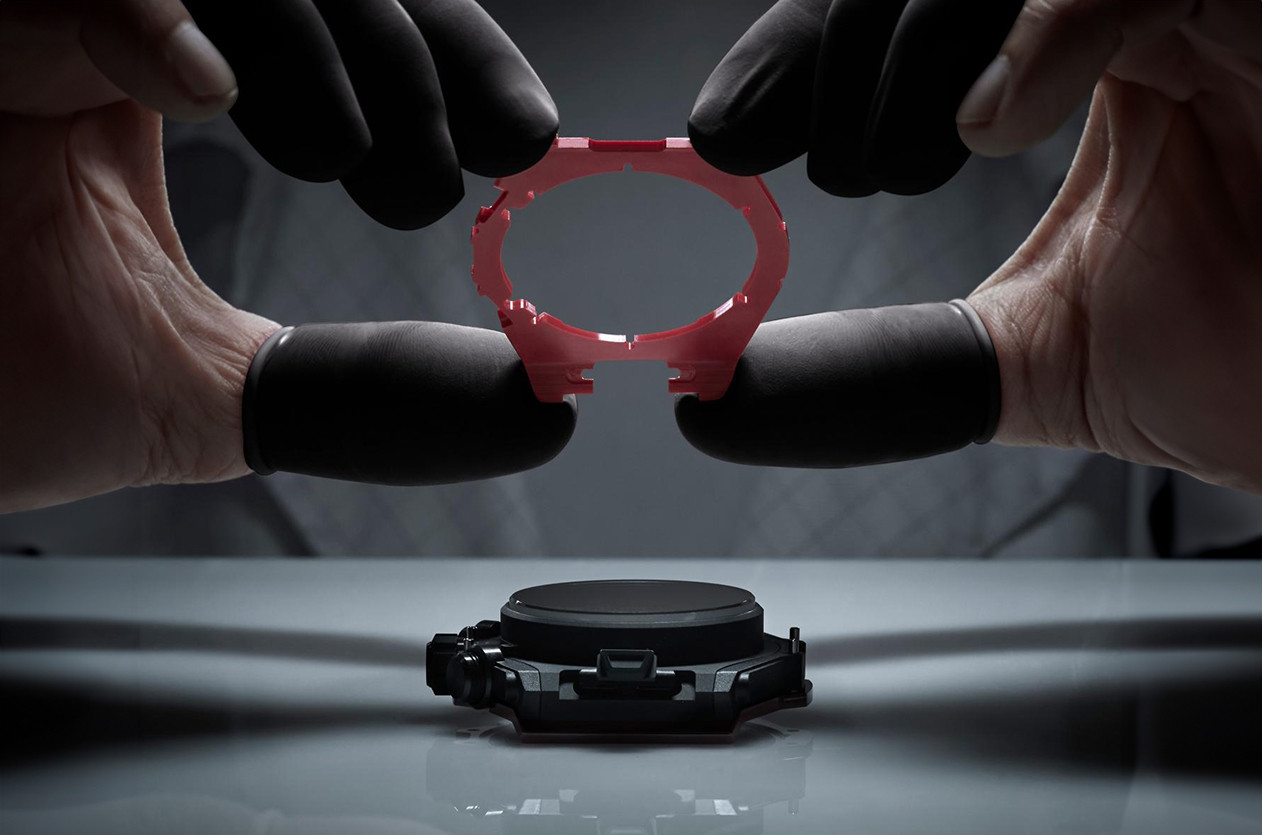
The Special Jury Prize at the GPHG Awards recognizes Jean-Pierre Hagman, a distinguished watch case maker, and sheds light on one of the most demanding crafts in watchmaking: the creation of watch cases. These vital components not only protect and preserve the intricate mechanisms within a timepiece but also define its aesthetic identity.

Crafting a watch case demands mastery of various processes, including precision lathing, molding, heat treatment, and chemical processing, all culminating in a case ready for polishing and finishing. This meticulous work requires substantial investment in specialized, high-cost equipment. Yet, it is the dedication of artisans who uphold traditional methods that truly sets this craft apart.
Jean-Pierre Hagman, the esteemed master case maker at the Rajab Rajabi Watch Workshop, embodies this dedication. His exceptional contributions to the art of watch case making earned him this prestigious accolade.

As passionate watch enthusiasts in this industry, we agree that the mechanical watch movement is the most important element, seen as the heart of the watch. To ensure the movement works optimally, it must be placed inside a well-made, protective case. Hence, the watch case plays a pivotal role not only in safeguarding the complex mechanisms but also in enhancing the aesthetic appearance of the watch. The first thing that catches anyone's eye is the design and shape of the watch. Companies compete to offer their own distinctive designs, such as the iconic shapes of the Nautilus or Royal Oak, or the unique designs of De Bethune watches. These companies have succeeded in leaving their mark, as any watch lover can recognize these timepieces effortlessly, with the shape of the case playing an essential role in their recognition.
In this article, we delve into the watch case from the ground up. We will explore its construction, the rationale behind the choice of materials, and the various shapes and designs that define different models. and the most important is how it's made, and why its expensive.

From the robust stainless steel to the luxurious rose gold, and the innovative titanium to the cost-effective brass, each material offers unique characteristics. We will also discuss the myriad forms a watch case can take, such as round, cushion, rectangular, square, oval, tonneau, and asymmetrical, and how these shapes cater to specific watch designs.

Here are the key components of a watch case:
These components work together to protect the movement and enhance the watch's appearance and functionality.

The Size
While to many collectors said that this is the perfect size or the bigg size for the mens watch and small one is the ladies watch, most of companies just give a range a different size while you pick the best for you, of course it depends on the taste, but the size range from 26 mm to even 48 mm, It could be less or more.
The watch case size is measured in two ways: lug-to-lug, basically the ‘arms’ that extend from the case to secure the strap/bracelet, or from top to bottom, which is the dial to the caseback. The method of measurement changes, depending on the edges or contours of different case sizes.

Most cases are measured in millimeters for width (without crown), lug-to-lug (from the end of the lugs), and thickness, which is important for comfortable wear, has been a challenge for companies over the last few decades to introduce the thinnest watches. You can read about the thinnest watch in the world here.
Weight is also critical in making a watch comfortable. While some people prefer to feel the weight on their wrist, it’s good to note that weight depends on the material's density, which is mathematically defined as mass divided by volume. Platinum is the heaviest metal used in the watch industry, and you can easily notice this if you wear a Daytona in platinum (blue dial, remember) or one made of stainless steel.

Regarding weight, the latest innovative watch was produced by Ming, the lightest watch in the world. For this, Ming used an alloy of magnesium, aluminum, zinc, and manganese from Smiths High Performance, a leading English company specializing in high-performance materials. These metals are the lightest ones in the table below. For this achievement, Ming was really smart and received help from a prominent company in material science for the space industry. This explains how expensive and challenging it is to develop a light yet solid construction that can be worn daily.
Far away from the case's anatomy, but still related to the heart of the material, a question arises: why do companies use platinum, gold, or even tungsten to produce the micro rotor? The answer lies in their density. While the size of the micro rotor is smaller than the rotor, it needs weight for moving and winding the mainspring, making these dense metals the best option.
Metals

Stainless Steel A high-quality material known for its strength, wear resistance, and corrosion properties. It is easy to work with and available at a reasonable price. The primary downside is its weight compared to other metals. The vast majority of dive watches use 316 stainless steel.
Titanium is an excellent choice for watch cases, especially for tool or extreme-use watches. It is exceptionally light, hard, and corrosion-resistant, making it perfect for dive watches. The only possible downside is its dull gray appearance, which some might find less appealing.
Tantalum This rare, highly inert, and corrosion-resistant metal has a blue-gray luster and is sometimes used as a substitute for platinum. but its rare to see a watch made of it. Vyntage Horlogry and Greuble Forsey recently introduced two masterpieces made of tantalum.
Aluminum Rarely used for watch cases due to its lack of strength compared to steel and its susceptibility to denting. However, it is lightweight and highly corrosion-resistant. A notable example is the Bvlgari Bvlgari.
Brass/Bronze Several manufacturers have been making copper-based watch cases in recent years. These come in three primary types: Brass (typically 66% copper and 34% zinc), Bronze (an alloy of copper with 8-13% tin and other trace metals, often referred to as CuSn8), These cases develop a unique patina over time.

Precious Metals Watch cases can also be made from yellow, red, or white gold, or even platinum. The primary advantage is the prestige of owning an expensive watch. However, softer gold may wear poorly and age quickly.
Non-Metal Cases
Watch cases don't have to be metal; there are several unique materials used:
Wood Wooden watch cases have become increasingly popular, likely due to environmentally friendly trends. They are exceptionally light and comfortable, but many have relatively cheap quartz movements, and full-wood cases can feel fragile. so companies effectively mixing wood and metal.

Ceramic is naturally hard but can be brittle, making it challenging to work with. A unique selling point of Rado was its scratch-proof nature.

Sapphire While scratch-resistant, sapphire cases may crack if subjected to heavy impacts.

Carbon Fiber is an intriguing material due to its lightweight nature and the challenges involved in its handling. Its beauty lies in its versatile manufacturing processes, such as molding and layer compression, which consistently produce a dazzling and unique pattern. Known for its lightweight properties and high cost, carbon fiber is commonly used in luxury sports watches.
Plastic is prevalent in watchmaking, especially at the lower end of the market. Not all plastic watches are cheap, though; brandscreate military-inspired, heavy-duty plastic-cased watches.
Watch Case Shapes

There are five basic watch case shapes. The two most prevalent are round and square, and along with their counterparts, oval and rectangle, these shapes cover most of the watch market.
One nonstandard shape that is often discussed is the tonneau shape, which means "barrel" in French and often resembles a rounded rectangle, we can find this in Richard Mille or Frank Muller watches. Another shape that frequently comes up is the "cushion" case, which, as the name suggests, is a slightly rounded or puffy square shape.
There are also unique case shapes, such as those found in Gerald Charles' Maestro design or Cartier's Crush with its distinctive form. Greubel Forsey goes even further with their curved case designs. So, what challenges do these shapes present?
First, water resistance: in physics, the round shape is better for distributing pressure evenly around the perimeter, making it the best option for water resistance. Sharp angles concentrate pressure, so manufacturers must find solutions to maintain waterproof integrity in these designs by using additional joints.
We had a conversation with Federico Ziviani, the CEO of Gerald Charles, where he told us about the challenges they faced in manufacturing the Maestro watch case designed by the creative Gerald Genta.
How It's Made: The Process of Manufacturing a Watch Case
 Of course, the watchmaker begins with an idea of the watch they want, so the first step is material selection.
Of course, the watchmaker begins with an idea of the watch they want, so the first step is material selection.

Design and Prototyping: After the watchmaker sketches the initial design by hand, it's time to use computer-aided design (CAD) software. Watch cases are meticulously designed in CAD to create precise 3D models.
 |  |
Prototyping: Initial prototypes may be crafted using 3D printing or CNC machining, often using more affordable materials like wood or plastic. This stage allows for testing the form and fit of the design.

Raw Material Preparation: Watchmaking tools are highly specialized and precise, tailored specifically for the industry. Raw materials are carefully selected and prepared in small pieces to fit into these machines.

Machining: This is the most expensive and critical phase. There are typically two methods used, often a combination of both:
CNC Machining: Computer-controlled machines precisely cut and shape the raw materials based on CAD specifications. While this route is unavoidable in the prototyping process, less expensive solutions are available during the final manufacturing process. But not in all designs.

Conventional Turning and Milling: Traditional machines are used to create intricate shapes, drill holes for crowns and pushers, and thread screws. This step requires skilled craftsmanship without automation.
These tasks may be outsourced to external suppliers due to their cost, especially for independent watchmakers who lack such resources. The remaining work is typically completed in their workshops.
Surface Finishing
At this stage, skilled hands cannot be dispensed with. To obtain high-quality finishes, there is no substitute for human hands that carefully inspect, finish, and polish the entire box with extreme precision.
Assembly:
Component Integration: Fitting the case with movement holders, gaskets for water resistance, and threaded inserts for screws.
Precision Fit: Ensuring all parts fit perfectly to maintain structural integrity.
Quality Control:
Dimensional Checks: Verifying the case matches exact design specifications.
Functional Testing: Testing for water resistance, magnetic resistance (for certain models), and impact resistance.
Cosmetic Inspection: Ensuring there are no imperfections like scratches or dents.
Final Inspection and Packaging:
Cosmetic Inspection: Confirming the watch's flawless appearance.
Functional Testing: Ensuring accurate timekeeping and other performance metrics.
Packaging: Luxury watches are elegantly packaged with accompanying documentation and warranty information.
Each step demands precision and expertise, involving specialized equipment and skilled artisans to achieve the desired quality and aesthetics of the final product.
 Photo by user @Jocke from Rolexforums.
Photo by user @Jocke from Rolexforums.
The case of a watch plays several crucial roles that are essential to its functionality, aesthetics, and longevity, The primary function of the watch case is to protect the delicate internal components, such as the movement, dial, and hands, from external elements like dust, moisture, water, and physical impacts. It acts as a shield to ensure the watch operates reliably over time.A well-designed case enhances the durability of the watch by providing structural integrity.
Beyond functionality, the case significantly influences the watch's appearance. It defines the overall design, shape, and proportions of the timepiece.
The case design also affects how comfortable the watch feels on the wrist. Factors such as size, weight, and ergonomics are considered during the design process to ensure the watch is comfortable for prolonged wear. Certain case features, like rotating bezels for diving watches or pushers for chronographs, serve specific functional purposes that enhance the watch's usability and utility.
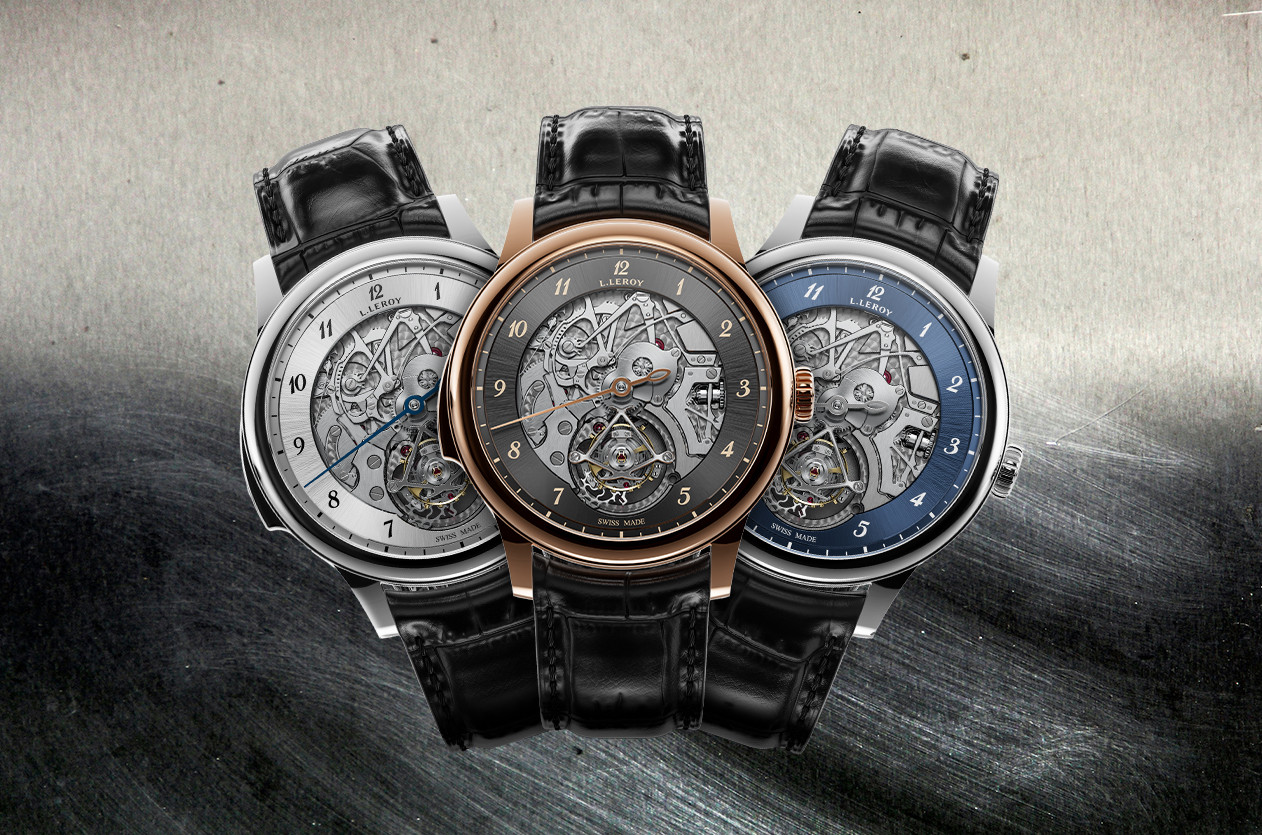
Introducing L.Leroy Unveils the Osmior “Bal du Temps”
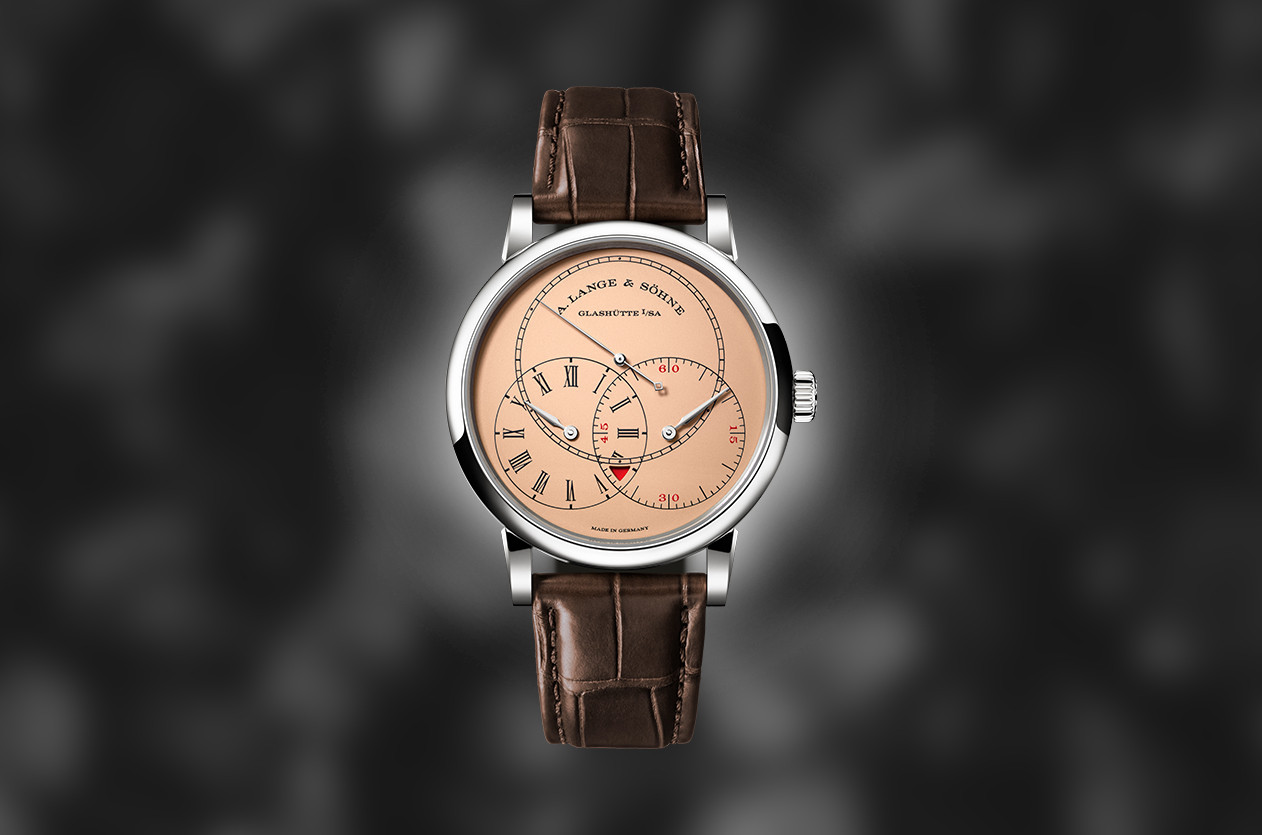
Introducing The New A. Lange & Söhne Richard Lange Jumping Seconds

Hands on The Summit Collection: A Strong First Step for New Brand Earthen
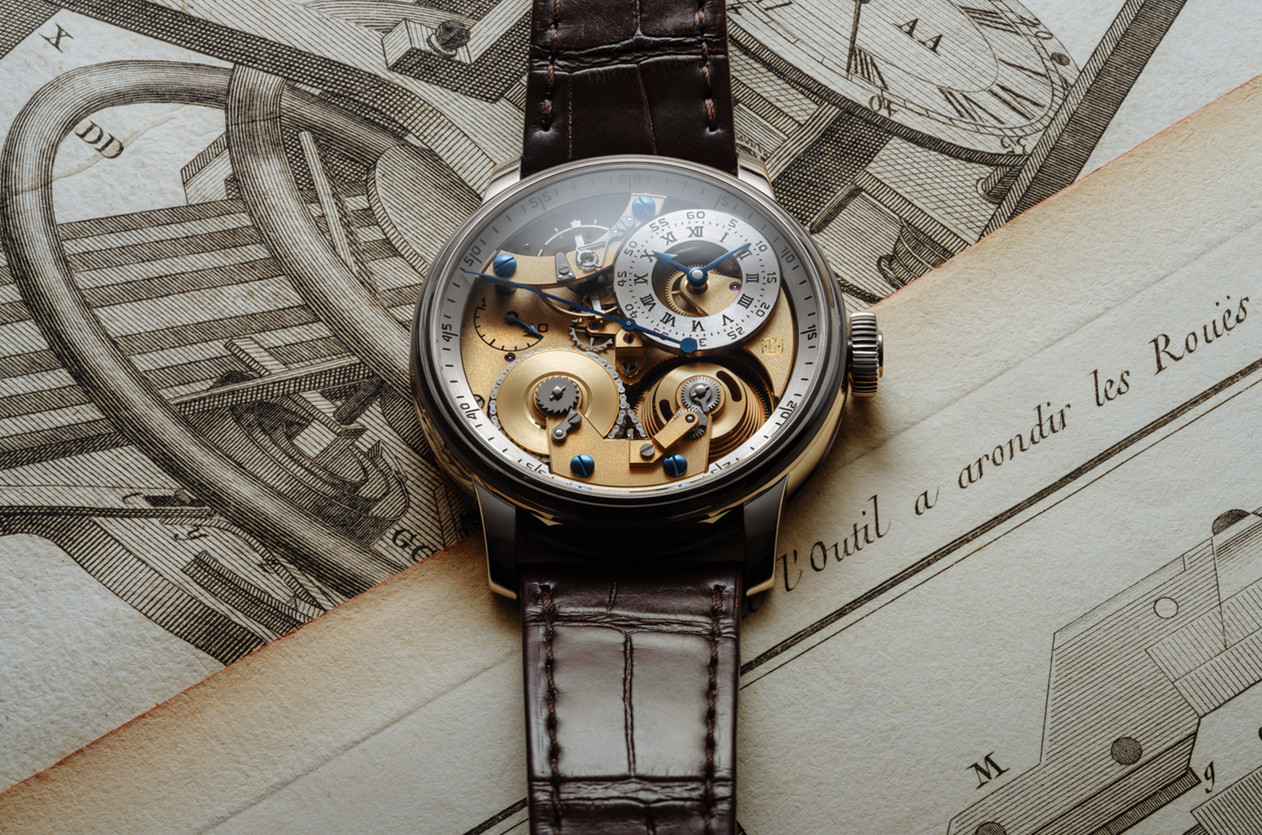
Introducing Naissance d’une Montre 3, Ferdinand Berthoud’s Masterpiece for the Tenth Anniversary

News Trump Hits Swiss Imports With 39% Tariffs
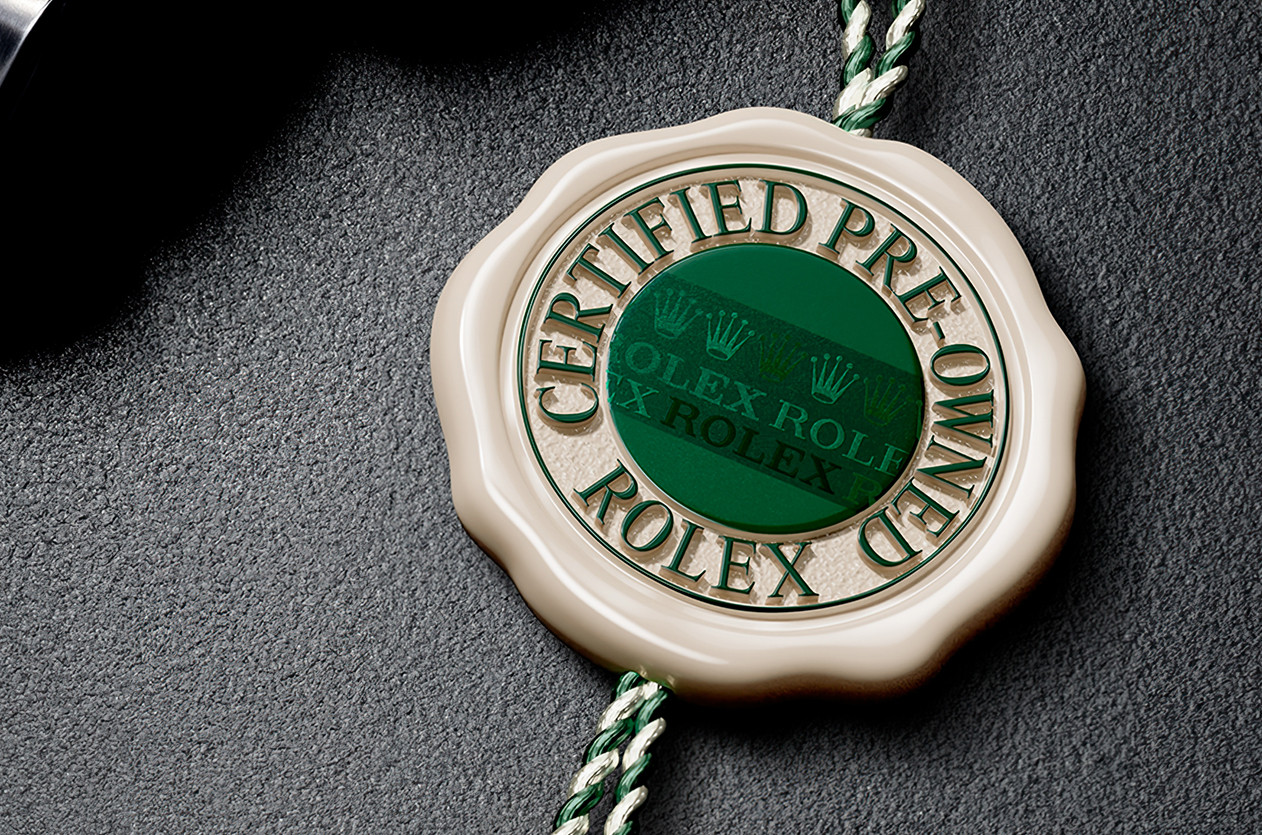
Editorial What is the reason behind the scarcity of Rolex watches in boutiques?
Comment Delete Text
This page is available in English only. Please click below to visit Arabic Home page!